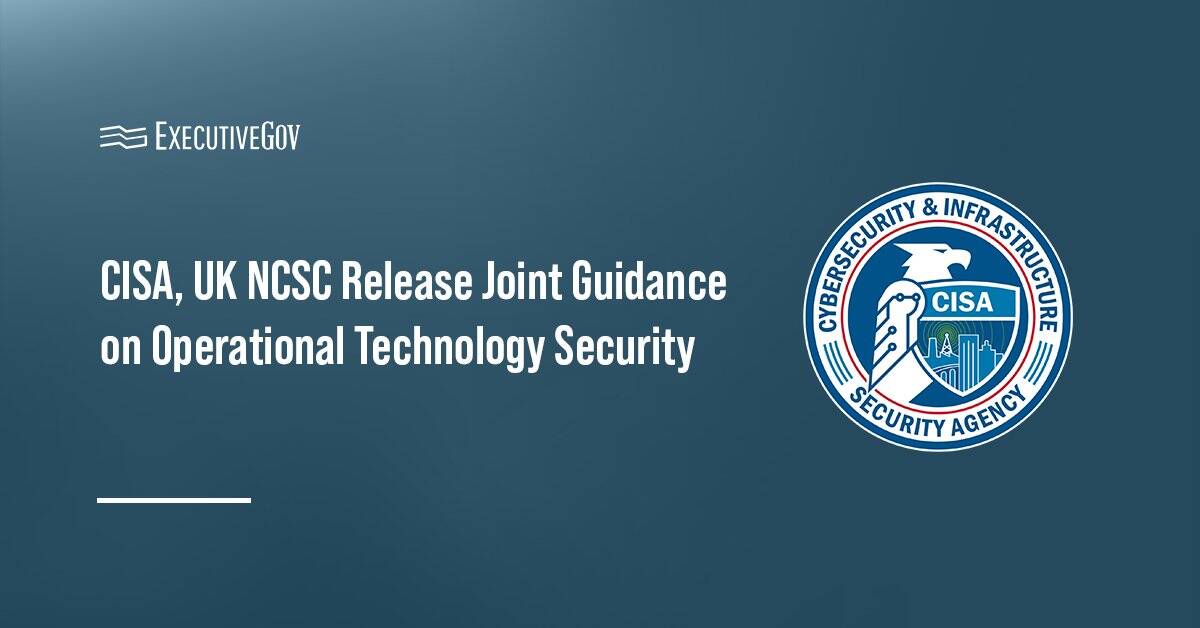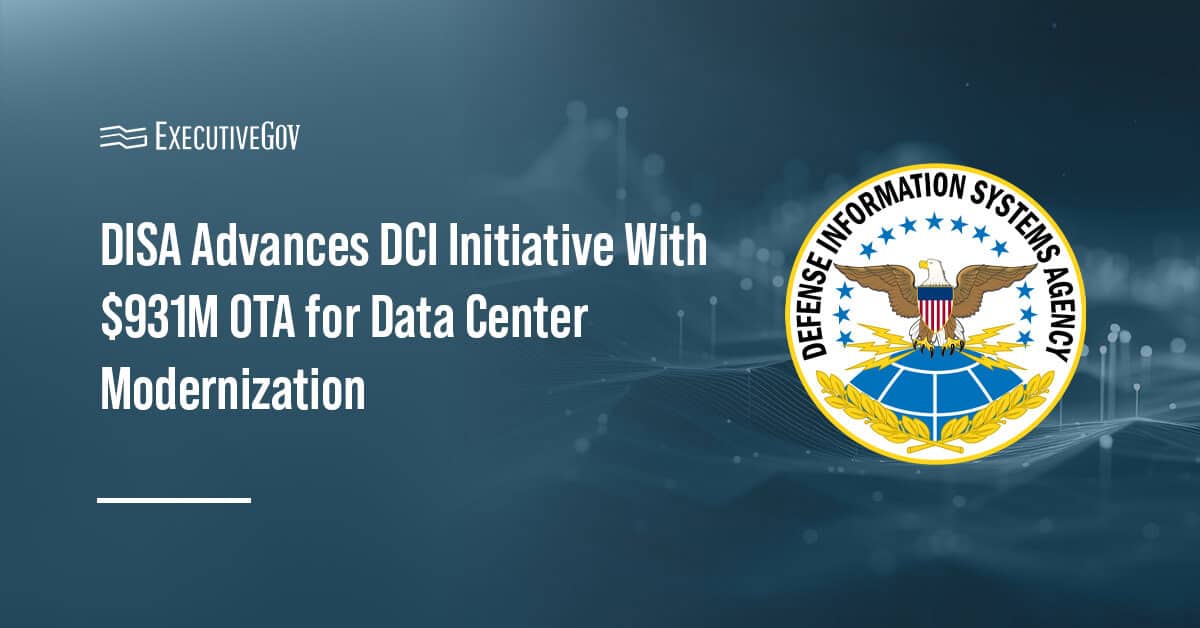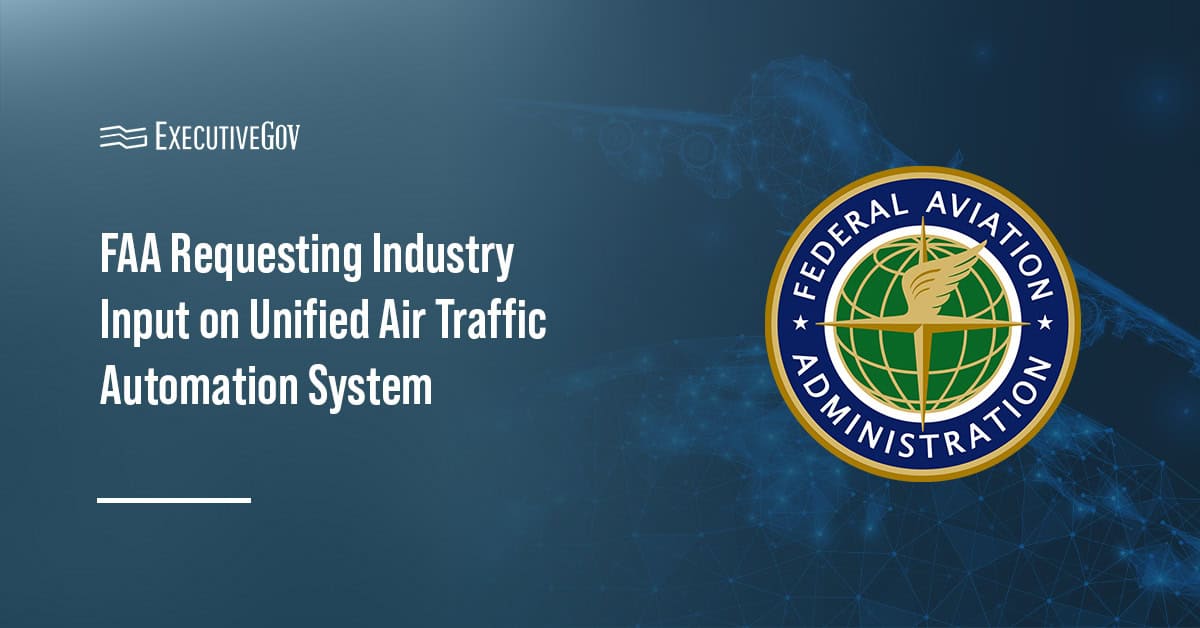The United Kingdom’s National Cyber Security Centre, in partnership with the Cybersecurity and Infrastructure Security Agency, the FBI and other international partners, has published new joint guidance aimed at helping organizations secure their operational technology environments.
The document, titled “Creating and Maintaining a Definitive View of Your Operational Technology Architecture,” builds on the recent Foundations for OT Cybersecurity: Asset Inventory Guidance and provides actionable steps to strengthen defenses against cyberthreats, CISA said.
CISA is a DHS agency. Potomac Officers Club’s 2025 Homeland Security Summit offers an inside look at the latest programs, technologies and strategies shaping America’s defense against evolving threats. Register to be part of the homeland security conversation.

Table of Contents
Building a Definitive OT Record
The guidance emphasizes that a central, authoritative record of an organization’s OT architecture is essential for effective risk management. The record should incorporate data from multiple sources, including asset inventories, vendor documentation and software bills of materials, to ensure accuracy and visibility across systems. Maintaining the record allows operators to identify vulnerabilities, understand interdependencies and prioritize protections for the most critical and exposed assets.
Architectural Controls and Standards Alignment
According to the guidance, organizations should implement strong architectural controls such as segmentation, zoning and access restrictions to protect critical OT systems. The measures should align with international standards like International Electrotechnical Commission 62443 for industrial control system security and International Organization for Standardization/IEC 27001 for information security management.
The document also highlights the need to manage third-party and supply chain risks by integrating supplier-provided data and patching requirements into the OT record.
CISA and its partners note that OT security is not a one-time exercise. To remain effective, the definitive OT record must be continuously updated through configuration management, monitoring and change management processes.
The guidance recommends fostering collaboration between IT and OT teams to align governance, security policies and incident response procedures.
Enabling Risk Reduction and Resilience
By maintaining an accurate and comprehensive view of OT environments, organizations are meant to be able to conduct more thorough risk assessments, address cost asymmetries between threats and defenses, and implement security controls more effectively.
According to the guidance, establishing a definitive OT record is a critical step toward reducing risk and strengthening resilience. It urges operators to adopt a proactive approach to safeguarding systems that are essential to national infrastructure.





